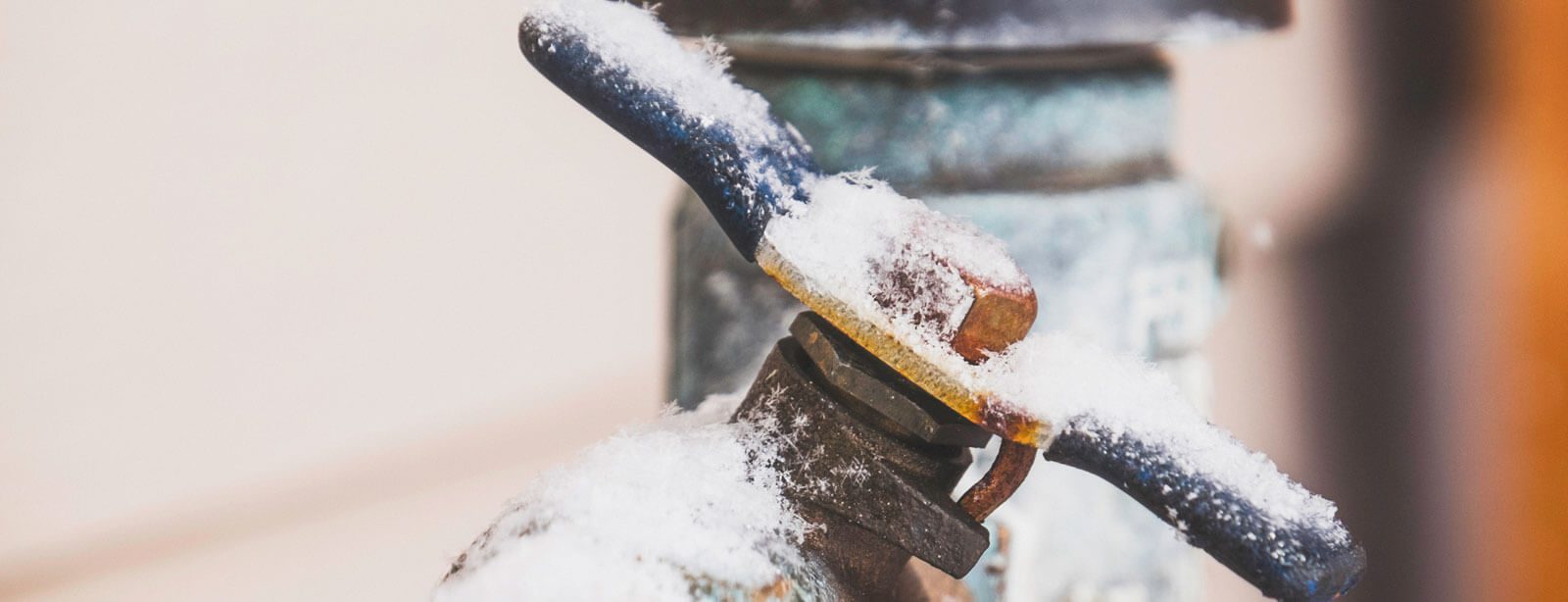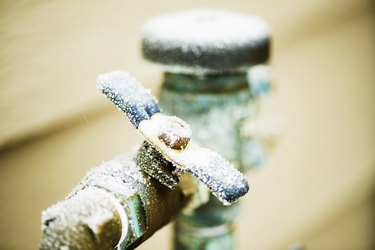This article further down in relation to Winter Plumbing Precautions: Preventing Frozen Pipes is especially entertaining. Check it out yourself and figure out what you think of it.

Cold weather can ruin your pipes, particularly by freezing pipelines. Below's exactly how to stop it from occurring and what to do if it does.
Intro
As temperature levels decline, the threat of icy pipelines rises, possibly bring about pricey repairs and water damages. Recognizing how to stop icy pipelines is crucial for home owners in cold climates.
Prevention Tips
Insulating susceptible pipelines
Cover pipes in insulation sleeves or utilize heat tape to safeguard them from freezing temperature levels. Concentrate on pipelines in unheated or exterior locations of the home.
Heating techniques
Maintain interior areas effectively heated, particularly areas with plumbing. Open up cupboard doors to allow warm air to flow around pipes under sinks.
Exactly how to determine icy pipes
Search for lowered water circulation from taps, unusual odors or noises from pipelines, and noticeable frost on exposed pipes.
Long-Term Solutions
Structural modifications
Take into consideration rerouting pipelines far from outside wall surfaces or unheated locations. Add additional insulation to attics, basements, and crawl spaces.
Upgrading insulation
Invest in premium insulation for pipes, attics, and wall surfaces. Correct insulation assists preserve consistent temperature levels and lowers the danger of frozen pipelines.
Shielding Outdoor Pipes
Yard hoses and exterior taps
Separate and drain pipes yard tubes prior to wintertime. Install frost-proof faucets or cover exterior taps with shielded caps.
Recognizing Frozen Pipes
What triggers pipelines to ice up?
Pipelines ice up when revealed to temperature levels below 32 ° F (0 ° C) for prolonged durations. As water inside the pipelines freezes, it expands, taxing the pipeline wall surfaces and potentially causing them to rupture.
Dangers and problems
Icy pipelines can lead to supply of water interruptions, home damage, and costly repair work. Burst pipes can flooding homes and create considerable architectural damage.
Signs of Frozen Pipes
Recognizing icy pipes early can stop them from rupturing.
What to Do If Your Pipes Freeze
Immediate activities to take
If you presume frozen pipelines, keep taps available to relieve stress as the ice melts. Utilize a hairdryer or towels soaked in warm water to thaw pipelines gradually.
Verdict
Protecting against icy pipelines needs proactive measures and fast actions. By comprehending the causes, signs, and safety nets, house owners can shield their pipes throughout winter.
6 Proven Ways to Prevent Frozen Pipes and Protect Your Home
Disconnect and Drain Garden Hoses
Before winter arrives, start by disconnecting your garden hoses and draining any remaining water. Close the shut-off valves that supply outdoor hose bibs and leave the outdoor faucet open to allow any residual water to drain. For extra protection, consider using faucet covers throughout the colder months. It’s also important to drain water from any sprinkler supply lines following the manufacturer’s directions.
Insulate Exposed Pipes
Insulating your pipes is an effective way to prevent freezing. Pipe insulation is readily available at home improvement stores and is relatively inexpensive. Pay close attention to pipes in unheated areas such as the attic, basement, crawl spaces, or garage. Apply foam insulation generously to create a buffer against the cold. You can also wrap your pipes in heat tape or thermostat-controlled heat cables for added warmth.
Seal Air Leaks
Inspect your home for any cracks or openings that could let in cold air. Seal any holes around the piping in interior or exterior walls, as well as the sill plates where your home rests on its foundation. Additionally, make sure to keep your garage door closed unless you’re entering or exiting. Leaving it open creates a significant air leak that can lead to frozen pipes.
Allow Warm Air Circulation
During cold snaps, it’s essential to allow warm air to circulate evenly throughout your home. Leave interior doors ajar to promote better airflow. Open kitchen and bathroom cabinets to help distribute heat consistently around the rooms. If you have small children or pets, be sure to remove any household chemicals or potentially harmful cleaners from open cabinets for safety.
Let Faucets Drip
A small trickle of water can make a big difference in preventing ice formation inside your pipes. When temperatures drop significantly, start a drip of water from all faucets served by exposed pipes. This continuous flow helps prevent the water from freezing. Additionally, running a few faucets slightly can relieve pressure inside the pipes, reducing the chances of a rupture if the water inside does freeze.
https://choateshvac.com/6-proven-ways-to-prevent-frozen-pipes-and-protect-your-home/

Do you enjoy reading up on Helpful Tips to Prevent Frozen Pipes this Winter? Place a review down the page. We'd be pleased to hear your views about this write up. We hope that you visit us again later on. For those who appreciated our page plz do not forget to pass it around. Thanks a lot for your time. Return soon.
Visit Page